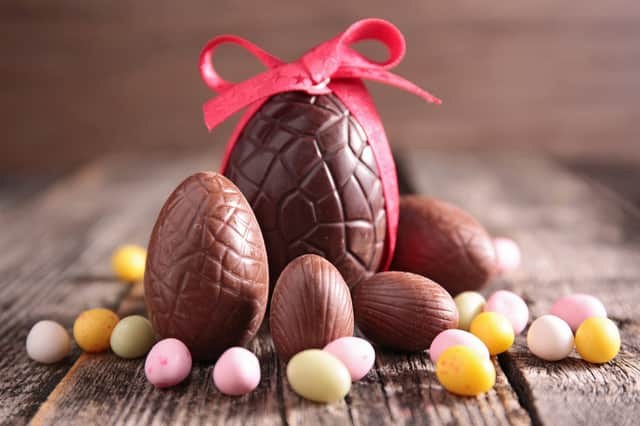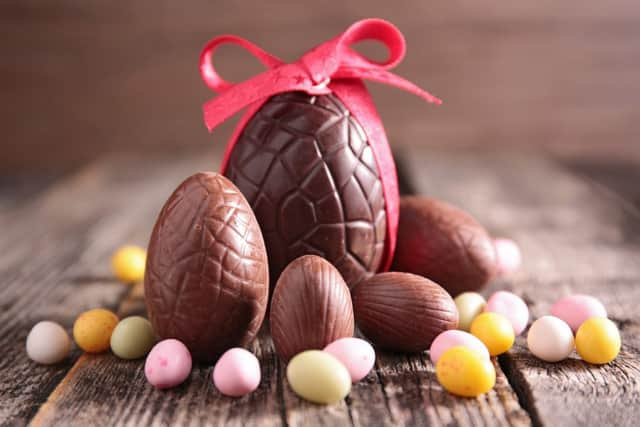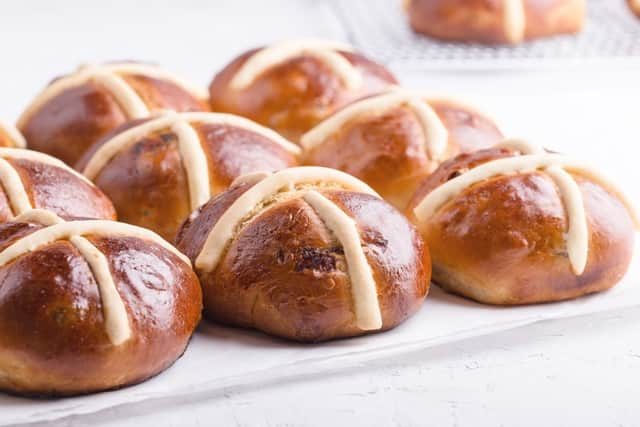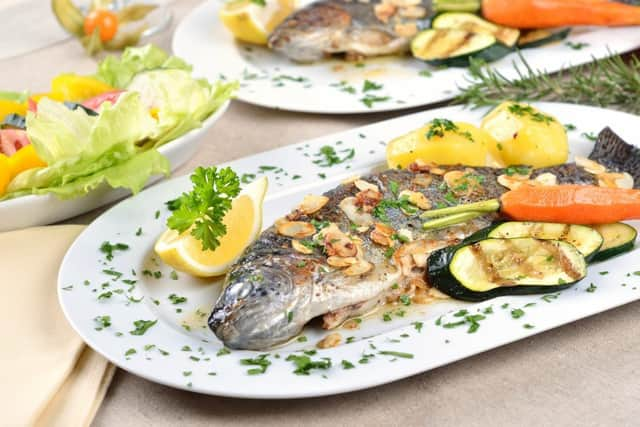Traditions of Easter ... historical meaning and significance explained


Seasonal spotlight on quirkiest of customs from chocolate to hot cross buns, Simnel cake to Good Friday fish dish, egg painting, hunting, rolling and jarping.
Annually many of us observe “traditions” associated with Easter.
But, do we really understand how and why these traditions came about and the meanings behind them? Steve Cain explains.
Chocolate Easter eggs


Eggs are symbolic of new life and rebirth.
Advertisement
Hide AdAdvertisement
Hide AdDuring medieval times the eating of eggs was prohibited during Lent (the six week period leading up to Easter), so on Easter Sunday scoffing an egg was an absolute treat.
This was particularly so for the poorer folk who could scant afford luxuries like meat.
Churches received eggs from parishioners as Good Friday offerings and, sometimes, the lord of the manor would be presented with an egg from villagers.
There are superstitions relating to eggs too.
If a hen laid an egg on Good Friday and it was kept for a century, it was believed the egg would turn into diamonds.
Advertisement
Hide AdAdvertisement
Hide AdAn egg with a double-yolk was thought to be a sign of prosperity in the future.
It was also thought that if an egg which was cooked on Good Friday wasn’t eaten until Easter Sunday, it would improve a person’s fertility and also prevent unforeseen death.
Instead of gifting real chicken, duck or goose eggs at Easter, we now present chocolate eggs, with around 80 million being purchased in the UK every year.
On average, each child in Britain will receive up to eight Easter eggs.
Advertisement
Hide AdAdvertisement
Hide AdThe first chocolate Easter eggs originated in France and Germany in the 19th century.
In 1873, the first hollow chocolate Easter egg, as we now know it, was produced by JS Fry & Sons and Cadbury.
Hot cross buns


Hot cross buns are much more than sweet and spicy rolls marking the end of Lent.
According to superstitions dating back to medieval times, a hot cross bun hung from the kitchen ceiling on
Advertisement
Hide AdAdvertisement
Hide AdGood Friday was supposed to ward off evil spirits, bring good luck to the household and guarantee a safe cooking space.
In other words, prevent kitchen fires and ensure perfectly baked loaves of bread.
The bun is believed to stay fresh and mould-free until replaced the following year.
Hot cross buns were even rumoured to protect boats from being shipwrecked!
Advertisement
Hide AdAdvertisement
Hide AdThey are believed to have come from 14th century Anglican Monk Thomas Rocliffe, who baked them to hand out to the poor and needy on Good Friday.
They gained in popularity and were enjoyed the whole year around until Queen Elizabeth I passed a law decreeing that the spiced buns could only be eaten on Good Friday, Christmas or at funerals.
The spices in the bread dough are said to represent the spices used to embalm Jesus before he was buried (and rose, just like the buns themselves).
The shape of the cross, of course, also represents Catholic imagery of the crucifixion of Jesus Christ.Good Friday fish dish
Fish

